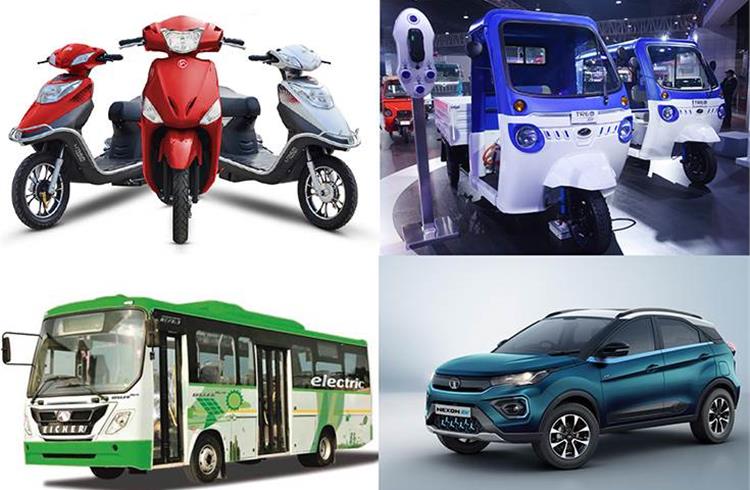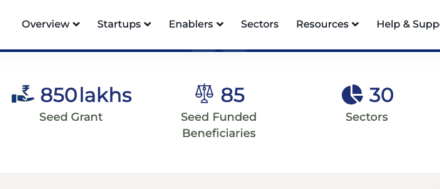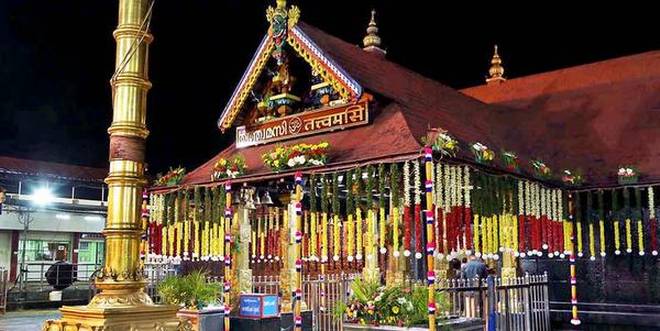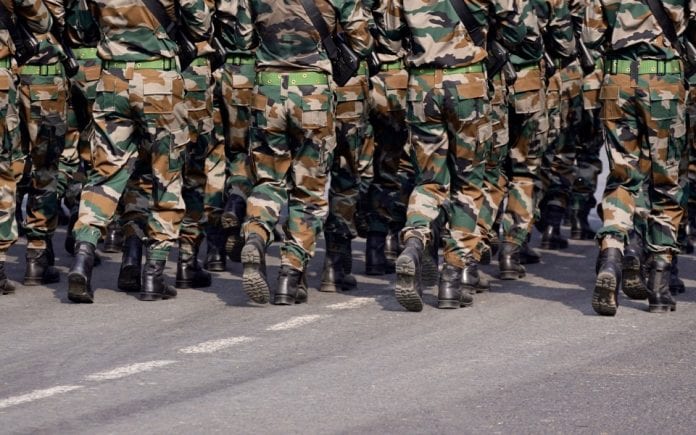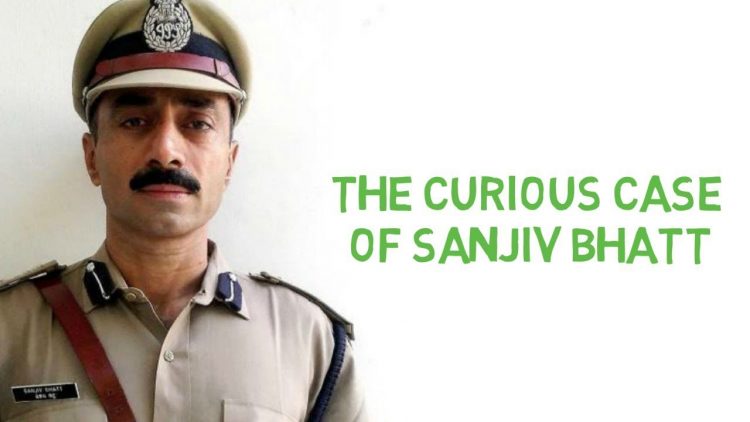The Society of Manufacturers of Electric Vehicles (SMEV) has complained against an “arbitrary move” by the Department of Heavy Industries, saying that it has blocked subsidy disbursement of over Rs 1,100 crore under FAME 2 to almost all electric two-wheeler companies.
The firms had already been passed on the subsidy amounts to customers who bought their vehicles.
Earlier Union Government of India has approved Phase-II of FAME Scheme with an outlay of Rs. 10,000 Crore for a period of 3 years commencing from 1st April 2019.
Out of total budgetary support, Government claimed about 86 percent of fund has been allocated for Demand Incentive so as to create demand for xEVs in the country.
This phase of FAME according to Ministry of Heavy Industries statement it aims to generate demand by way of supporting 7000 e-Buses, 5 lakh e-3 Wheelers, 55000 e-4 Wheeler Passenger Cars (including Strong Hybrid) and 10 lakh e-2 Wheelers.
Also under 2nd phase of FAME only advanced battery and registered vehicles will be incentivized under the scheme.
However, privately owned registered e-2Ws are also covered under the scheme as a mass segment.
Taking this in to stock in a communication shot off on December 12 to Minster of State for Heavy Industries, Krishan Pal Gurjar, SMEV argues that the companies cannot sustain this and that many manufacturers are planning to close down if the issue is not resolved and if decisions are taken in an “ad hoc manner”.
SMEV officials say 80 per cent of the industry has been impacted, which translates into all two- and three-wheelers put together.
Also n its letter, SMEV has lamented that the department is punishing the wrong entities. That is because supply lines are not controlled by e-two-wheeler makers.
They can at best encourage ancillaries to start production, but that again is totally dependent on their (the ancillaries’) free will, economies of scale, finance, incentives ,market readiness, volumes and profitability.
The government, on the other hand, took action after some whistleblowers alleged that the companies were not meeting the norm of ensuring 51 per cent localisation of the cost of production, but were resorting to window dressing the numbers in order to be eligible for subsidy.
In electric two-wheelers the subsidy was as much as Rs 20,000 for a 1 kwh battery, so companies were getting anything between Rs 40,000 and Rs 50,000 for each electric scooter.
This reduced the upfront acquisition cost between an ICE scooter and an electric one.
A million vehicles were to enjoy subsidy cover under FAME 2. The scheme has been extended by a year to March 31, 2024. The total subsidy amount was fixed at Rs 10,000 crore.
SMEV officials say the subsidy has been withheld intermittently for the last one year, with disbursements being temporarily stopped numerous times.
It says that since many of these firms have revenues of Rs 400-800 crore a year, they don’t have enough working capital and banks are also unwilling to give them credit. So they have no other option but to stop production.
Sources at Ather Energy and Ola Electric say the firms have not faced any blocking of subsidy. Ola executives say they have met all localisation norms.
Bajaj Auto and TVS Motors have also not complained about disbursements of FAME 2 subsidy. However, nonne of these firms are members of SMEV. Ather Energy and Greaves Cotton have shifted to SIAM, and Ola has not joined any association.
To resolve the issue SMEV has asked for an extension of the localisation deadline by another 12-18 months within which time they say they will be able to meet all the requirements.

